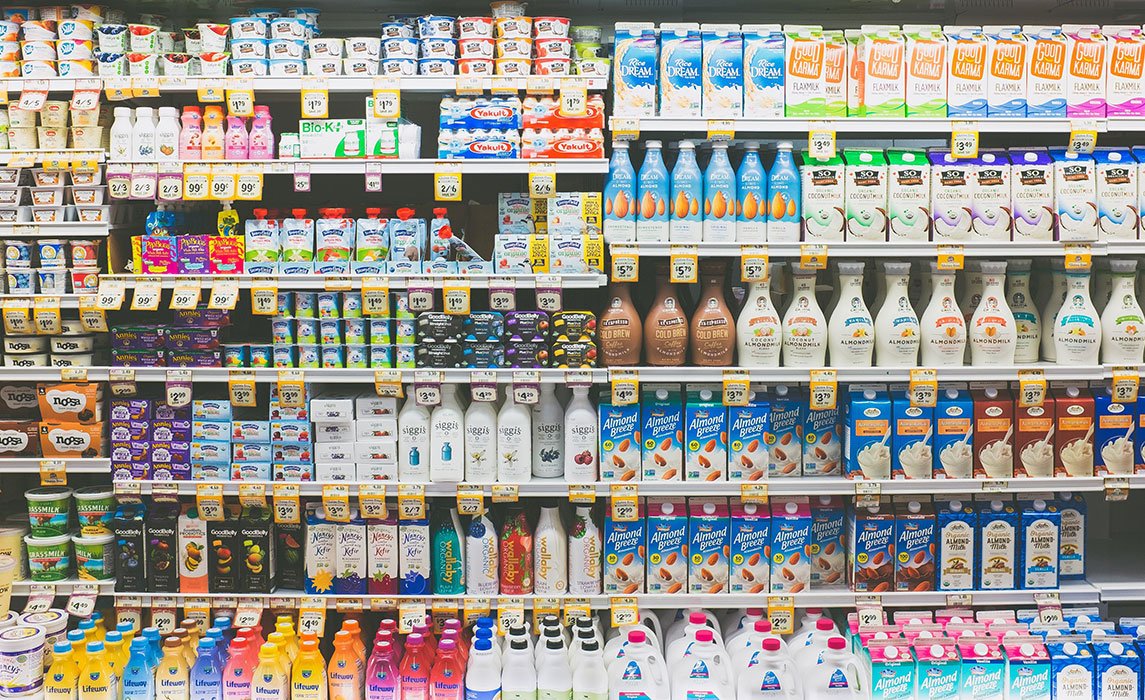So, you’re ready to make art your life, eh? Whether you’re dreaming up the next big animated series or crafting mind-blowing digital effects for a blockbuster movie, your success hinges on the tools in your digital toolkit. The industry is constantly changing, but a few key pieces of software remain the gold standard for both 2D and 3D animation.
If you’re starting your journey, knowing which programs to master can feel a bit overwhelming. But don’t sweat it—we’ve compiled the absolute must-haves that professionals rely on every single day.
The Big Three of 3D: Your Core Toolkit
Three applications have occupied the production pipelines of large film, television, and gaming studios in the 3D world. Any of these can lead to serious doors upon being mastered.
-
Autodesk Maya
The standard of high-end 3D animation and visual effects (VFX) in the industry. When you encounter a photorealistic character in digital form, or a complex explosion in a big Hollywood movie, it was likely created in Maya.
What it does: It is a complete package of modelling, texturing, lighting, rendering, and character rigging.
The Pro Edge: The toolset is especially powerful in character animation and in big, demanding scenes.
-
SideFX Houdini
This giant is the best option for procedural visual effects. Character-wise, Maya is much better than Houdini, but Houdini is much better at dynamic simulations, including realistic fire, water, smoke, and even particle animation.
What it does: It uses a special node-based workflow, which means all steps are stored in a single node. This provides artists with unprecedented control and non-destructive editing, resulting in significant time savings in commercial filmmaking.
The Pro Edge: It is the ruler of highly sophisticated, massive VFX. The mastery of this software is the mark of the qualified FX Technical Director.
-
Blender
The amazing outlier. Blender is known for its open-source and free 3D creation suite that has become a professional commodity. It is a marvellous indie studio, with no entry into the craft resource.
What it does: It manages the entire 3D process, including modelling, rigging, animation, rendering, and even video editing.
The Pro Edge: Its user base is tremendous, and its development pace is such that it continually adds new, industry-specific functionality, such as its fantastic 2D tool, the Grease Pencil.
2D Animation: Digital vs. Traditional
Although 3D takes most of the attention, 2D animation is also doing well, especially in independent TV series and short films.
-
Toon Boom Harmony
The animation software is used by most of the world’s best 2D animation houses. It is a complete system of the entire 2D production pipeline.
What it does: It aids in creating all kinds of traditional paperless drawings, from rigging to cutout animation to final compositing. It is usable for classic cartoon effects as well as for advanced, polished 2D projects.
The Pro Edge: Its professional rigging and deformation features enable 2D artists to quickly create complex, reusable characters and combine the expressiveness of hand-rendered art with the efficiency of software.
2. Adobe Photoshop
While not animation software per se, Photoshop remains essential for 2D animators. It handles texture painting, background creation, concept development, and frame-by-frame animation for certain projects. Understanding Photoshop’s brush engines, layer management, and selection tools proves fundamental across all digital art disciplines. Many animators sketch initial concepts, paint detailed backgrounds, or create texture assets in Photoshop before importing them into dedicated animation software.
3. Adobe Animate
For web animation, interactive content, and some broadcast applications—especially those that require HTML5 output or interactive elements—Adobe Animate (formerly Flash) remains useful. Although Harmony dominates high-end television production, Animate’s web integration and vector-based workflow make it valuable for web series, educational animation, and browser-based projects.
For artists who are already familiar with Photoshop or After Effects, the software’s timeline-based workflow makes learning easier. It can handle a variety of animation styles, from limited animation to fluid character performances, thanks to its frame-by-frame and tweening capabilities.
Choosing the Right Learning Path
Mastering these tools requires more than tutorials — it demands guided practice, mentorship, and real-world project experience. That’s why finding the right 2D/3D Character Animation diploma in Canada can make all the difference.
Programs that offer small class sizes, mentorship from industry professionals, and hands-on access to software such as Maya, Harmony, Photoshop, and Adobe Animate enable students to graduate with both creative confidence and production-ready skills.
Such programs often integrate collaborative projects, enabling students to experience a studio-like environment where animators, riggers, and designers work together — just like in the real world.
The Takeaway
Animation is as much about storytelling as it is about technical skill. By combining artistic talent with mastery of industry-standard software, aspiring animators can create compelling characters, engaging worlds, and memorable stories for video games, television, movies, and other media. Choosing a comprehensive 2D/3D Character Animation diploma in Canada allows students to gain hands-on experience, build a professional demo reel, and graduate ready to step confidently into studio environments.




